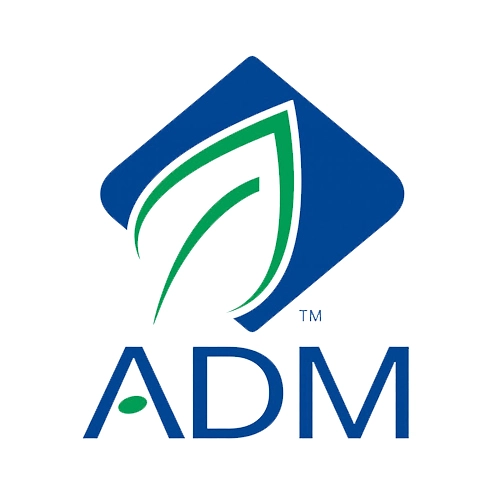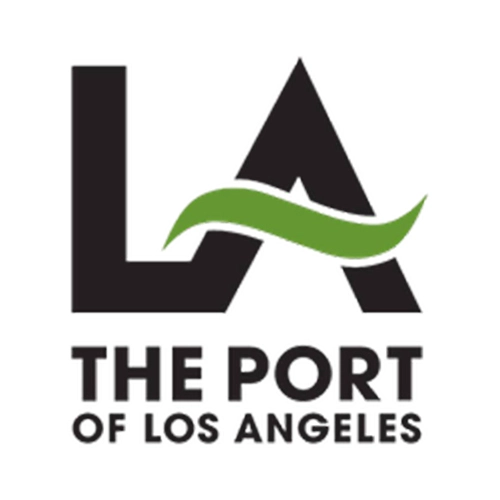
Why Do Electronic Speed Limit Signs Deserve Your Attention?
The fusion of electronic speed limit signs with radar technology has revolutionized the way we approach road safety. These innovative devices are also known as radar speed signs, digital speed signs, or simply speed limit signs. These dynamic devices not only inform drivers of real-time speed limits but also prompt immediate adjustments to their behavior, fostering safer and more responsible driving habits. Let’s delve into why radar speed signs, often referred to as electronic speed limit signs, stand out as a beacon of change on our roads.
Understanding the Impact of Radar-Enabled Electronic Speed Limit Signs
Electronic speed limit signs equipped with radar technology operate on a simple yet powerful principle: action, information, and reaction. When drivers receive real-time information about their speed, they can make immediate adjustments to adhere to posted speed limits. Tests consistently demonstrate the effectiveness of these digital speed signs:
- Speeders slow down up to 80% of the time when alerted by a radar sign.
- Typical speed reductions range from 10 to 20%.
- Overall compliance with posted speed limits increases by 30–60%.
- Radar signs prove highly impactful in influencing drivers classified as “super speeders,” individuals operating their vehicles at speeds exceeding the posted speed limit by 20 mph or more.
Understanding the Technology Behind Electronic Speed Limit Signs
Electronic speed limit signs employ various technologies to convey critical information to drivers. One prevalent type utilizes a matrix of light-emitting diodes (LEDs) to create easily visible speed limit displays. These speed limit signs can be programmed to adapt to changing conditions, displaying different speed limits based on factors such as time of day or traffic density. Additionally, some digital speed signs incorporate radar or sensors to detect approaching vehicles and dynamically adjust the displayed speed limit accordingly.
Liquid crystal displays (LCDs) are another technology employed by certain electronic speed limit signs, offering the flexibility to convey more detailed messages. While these signs may have higher installation and maintenance costs, they provide valuable features that contribute to enhanced communication with drivers.
The Unmatched Quality of Radar Speed Signs
This speed limit sign is constructed with an industrial design for durability, ensuring longevity and reliability in various conditions. They are weather, vandal, and graffiti-resistant, making them resilient to external factors. Wi-Fi enabled and equipped with Over-the-Air (OTA) technology, these signs are adaptable and can be updated remotely. Additionally, they adhere to the Manual on Uniform Traffic Control Devices (MUTCD) standards and boast ISO 9001-certified quality systems, ensuring they meet the highest industry standards for effectiveness, reliability, and affordability.
A Greener Approach to Transportation
The solar radar speed sign has proven to be especially effective in capturing the attention of today’s distracted drivers. When individuals receive real-time information about their performance on the road, they are more likely to notice and improve their behavior. These signs are perfect for any community looking to monitor vehicle speeds, with the added benefit of being MUTCD-compliant. The electronic portion of the sign can be powered by either AC or solar, providing installation flexibility.
To complete the setup, adding the aluminum “YOUR SPEED” sign creates a comprehensive solution that not only informs drivers but also encourages responsible driving habits. By choosing radar-enabled electronic speed limit signs, communities can proactively address road safety, optimize traffic flow, and contribute to a greener and more profitable future. These signs represent not just a technological upgrade but a commitment to creating roads that prioritize the well-being of people, the planet, and overall community prosperity.
Conclusion
The adaptability, visibility, and dynamic features of electronic speed limit signs make them a valuable asset in shaping the future of transportation. As we drive towards a safer, greener, and more profitable future, these signs are at the forefront of innovation and positive change on our roads. For more information on electronic speed limit sign technology, start by checking traffic control equipment manufacturers and suppliers, industry trade organizations, and government agencies and conducting an online search for additional insights.
FAQ’s
Q.1 What are the digital speed limit signs for?
Ans: Digital speed limit signs are employed in safety initiatives to decrease traffic speeds. These signs not only precisely measure vehicle speeds but are also highly portable, allowing for easy deployment in various locations.
Q.2 Do electronic speed signs have cameras?
Ans: No, electronic speed signs don’t inherently have cameras. However, some speed signs are indeed equipped with sensors and cameras for recording data like vehicle speed and location. This information is commonly utilized for traffic analysis and engineering applications.
Q.3 What are electronic speed limits?
Ans: Electronic speed limits refer to dynamically adjustable speed indications displayed on signs, adapting to changing conditions or specific periods.
Q.4 What is the electronic speed awareness sign?
Ans: Speed Awareness Monitoring (SAM), or electronic speed awareness signs, are portable electronic displays designed to convey speed-related messages to drivers, aiming to remind them of their speed and encourage adjustments in driving behavior.





















